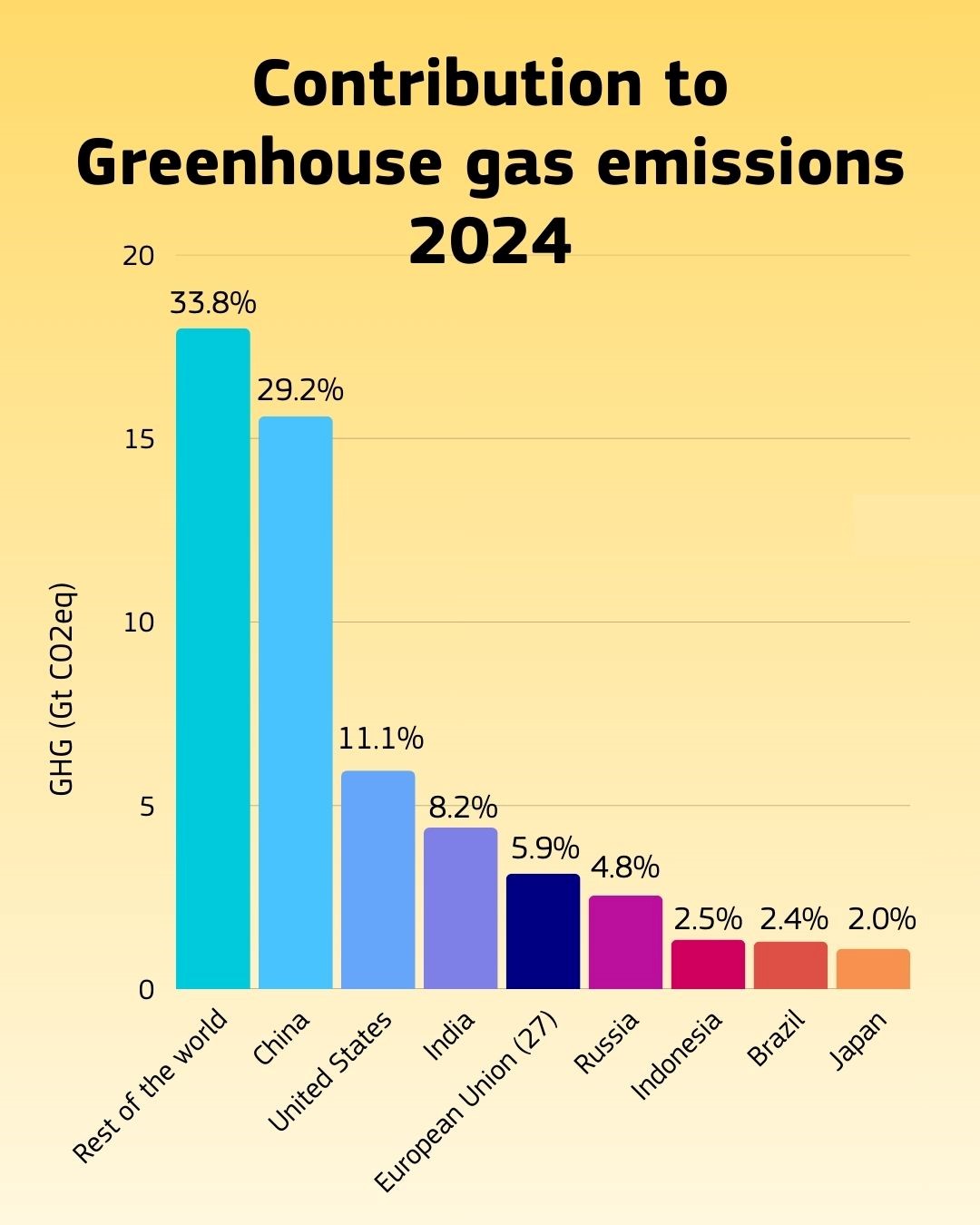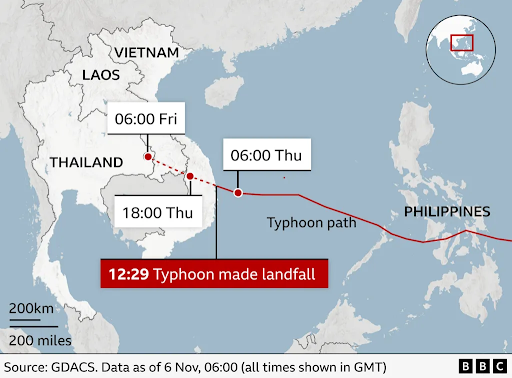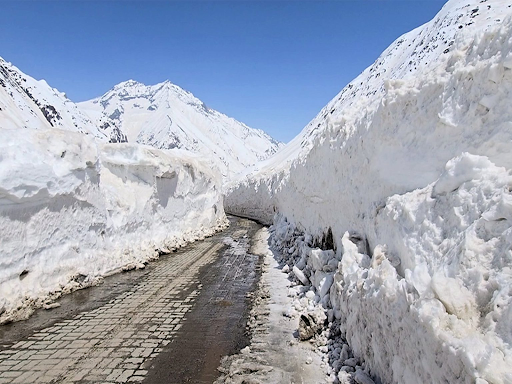Description
Copyright infringement not intended
Picture Courtesy: Down To Earth
Context:
Global warming and deforestation leading to decline of species population.
Current status of Decline according to International Union for conservation of Nature (Red List):
- According to IUCN Red List shows Arctic seals and tropical forest birds among the fastest-declining species.
- 61% of the world’s bird species are in decline — up from 44% in 2016.
- Habitat loss from warming seas, agriculture and logging driving global biodiversity collapse.
- The 2019–2020 Australian bushfires, intensified by climate change, affected nearly three billion animals.
- The World Wildlife Fund (WWF) reports that 80% of global deforestation is caused by converting forests to cropland and pasture for products like palm oil, soy, and beef. (Source: WWF)
- According to the 2024 Living Planet Report, there has been a catastrophic 73% decline in the average size of monitored wildlife populations since 1970. (Source: Ecologi)
What is Global Warming and Deforestation?
Global warming refers to the long-term increase in Earth's average surface temperature due to the buildup of greenhouse gases (like carbon dioxide, methane, and nitrous oxide) in the atmosphere.
Deforestation is the large-scale removal or clearing of forests, usually for agriculture, infrastructure, mining, or urban development. It leads to loss of biodiversity, disruption of water cycles, soil erosion, and contributes significantly to climate change.
Multi-dimensional linkages between Global warming and deforestation which is leading to species extinction:
- Tropical deforestation emits ≈ 2.9 to 3.3 Gt CO₂/year; when forest degradation is included, the combined emissions from tropical forests reach ≈ 5.1 to 8.36 Gt CO₂/year, or about 14‑21% of all human‑caused CO₂ emissions. (Source: World Bank)
- The world’s forests absorb about 16 billion tonnes of CO₂/year but emit ~8.1 billion tonnes through loss or disturbance (deforestation + degradation). Net sink is thus reduced. (Source: World Resource Institute).
- Intensified wildfires:Rising temperatures create hotter, drier conditions, increasing the frequency and severity of wildfires.
- Climate-induced drought:Changes in rainfall patterns can cause severe droughts, stressing and killing trees.
- Phenological mismatch:Climate change alters the timing of seasonal events, such as when plants flower or when certain species migrate.
- Ocean acidification: Increased absorption by oceans leads to acidification, which makes it harder for marine organisms like corals and shellfish to build their skeletons, destroying critical marine habitats.
Implications of Global Warming and Deforestation Leading to Species Extinction:
- Forests support over 1.6 billion people, especially Indigenous and rural communities, for food, medicine, fuel, and income. (Source: FAO)
- Eco-tourism losses in biodiversity-rich areas (like Western Ghats or Sundarbans) due to habitat degradation and loss of flagship species. Study estimated a loss of $3.3 billion in ecosystem services from the Sundarbans Biosphere Reserve over 30 years, with more than 80% attributed to mangrove degradation. (Source: Zero Carbon Analytics)
- Disruption of pollinators (bees, birds, insects) reduces crop yields. Studies indicate that pollinator decline has already caused an estimated 3% to 5% loss in global fruit, vegetable, and nut production (Source: Science Direct)
- Species loss and ecosystem changes increase the risk of zoonotic diseases (e.g., COVID-19, Nipah virus), as wildlife comes into closer contact with humans. Globally 2.7 million human deaths annually. (Source: WHO)
- Increased frequency of climate disasters (floods, droughts) leads to heavy public and private expenditure. Extreme weather, climate, and water-related events resulted in over $4.3 trillion in economic losses between 1970 and 2021. (Source: Science Direct)
- Increased Risk of Natural Disasters and Climate Refugees: In 2022 alone, a record 32.6 million were displaced by disasters, a majority of which are linked to climate change. (Source: Nature)
Government Measures to Limit Global Warming, Deforestation, and Species Extinction:
- Nationally Determined Contributions (NDCs)- Under the Paris Agreement, India committed to: Reduce emission intensity of GDP by 45% by 2030 (from 2005 levels) and achieve 50% installed capacity from non-fossil fuels by 2030.
- National Action Plan on Climate Change (NAPCC) – It includes: National Solar Mission (Targets 280 GW of solar energy by 2030), National Mission on Sustainable Habitat, National Water Mission, National Mission for Green India (GIM) — targets afforestation and ecosystem restoration.
- Compensatory Afforestation Programme (CAMPA): Ensures that forest lost to development is compensated by afforestation elsewhere.
- National Afforestation Programme (NAP)- Focuses on regenerating degraded forests through community participation, especially via Joint Forest Management Committees.
- Green India Mission (GIM): Aims to increase forest cover by 5 million hectares and improve the quality of another 5 million hectares.
- National Biodiversity Action Plan (NBAP): Aligned with the Convention on Biological Diversity (CBD)
- Project Tiger & Project Elephant: Flagship species conservation programmes aimed at protecting habitats and species like the Bengal Tiger and Asian Elephant.
- Biodiversity Act, 2002: Provides for the conservation of biological diversity, sustainable use of its components, and fair sharing of benefits.
- International Solar Alliance (ISA): India-led global initiative to promote solar energy adoption.
Way Forward:
- Reform the Environmental Impact Assessment (EIA) process to ensure transparency and public participation.
- Enforce stricter penalties for illegal deforestation and wildlife crimes. WWF's "Stop Wildlife Crime" campaign and UNEP's "Wild for Life" campaign aim to educate consumers about the environmental and ethical consequences of their purchases. (Source: World Bank)
- Enhance monitoring using GIS, drones, and satellite technology to track forest loss and ecosystem degradation in real time.
- Expand investments in solar, wind, and green hydrogen technologies. The "PM Surya Ghar: Muft Bijli Yojana" program facilitated 7 lakh rooftop solar installations within ten months, with the off-grid solar segment growing by 182% in 2024. (Source: PIB)
- Promote electric mobility, smart grids, and sustainable transport.
- Encourage urban forests and green belts in cities to act as carbon sinks. A case study in Sambalpur found that native species like Ficus benghalensis could sequester over 3,000 kg of carbon per tree annually. (Source: Research Gate)
- Expand and effectively manage Protected Areas, eco-sensitive zones, and wildlife corridors.
- Align national strategies with the Global Biodiversity Framework (GBF) and Paris Agreement goals.
- Invest in ecological research, genetic conservation, and climate modelling. A 2025 study in Future Projections of Biodiversity Under Global Change Need Genetic Datacalled for integrating genetic data into global biodiversity models to create more accurate forecasts of species' resilience. (Source: Science Direct)
Source: Down to Earth
|
Practice Question
Q. Global warming and deforestation are not isolated phenomena but deeply interconnected. Examine their role in accelerating species extinction and ecological imbalance in India. (250 words)
|
Frequently Asked Questions (FAQs)
Deforestation releases stored carbon dioxide (CO₂) into the atmosphere and reduces the Earth's ability to absorb greenhouse gases, thereby accelerating global warming.
Global warming alters habitats, food availability, and breeding cycles.
Species extinction affects agriculture (loss of pollinators), fisheries, forest-based livelihoods, tourism, and even healthcare (loss of medicinal plants), impacting millions dependent on biodiversity.










